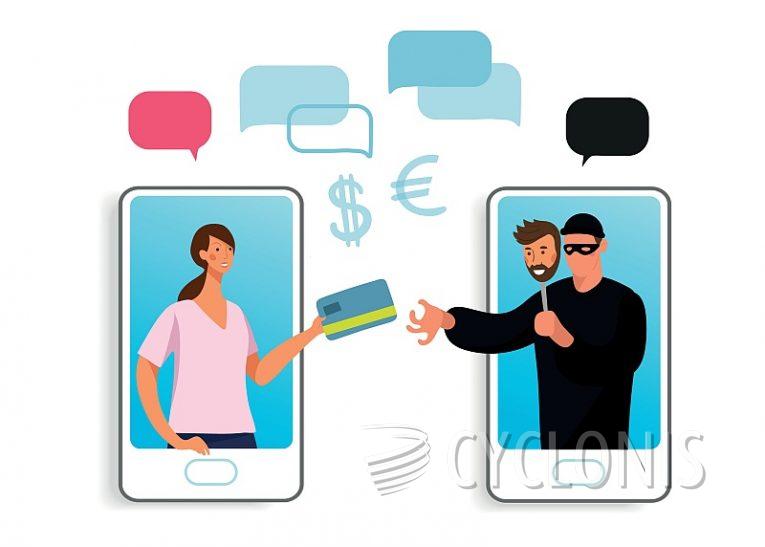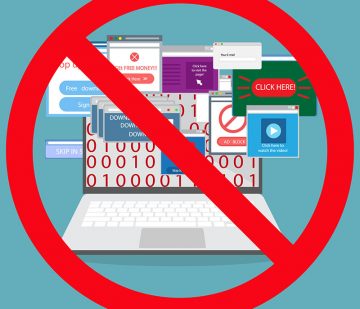Netflix - Update Your Payment Details Scam

After investigation, it has been established that the email titled "Netflix - Update Your Payment Details" is fraudulent. The deceptive message claims issues with the billing information on the recipient's Netflix account.
It is crucial to underline that this email is not affiliated with the legitimate Netflix streaming service. The objective of this phishing email is to acquire the recipient's login credentials and potentially extract financial information.
The fraudulent email, under the subject "Update required – Netflix account on hold" (subject may vary), asserts that the recipient's account is suspended. The recipient is urged to update the payment details due to an unspecified issue with the current information.
As highlighted earlier, the assertions made in this email are untrue, and it has no connection to the authentic Netflix streaming platform.
The email directs users to a phishing website mimicking the Netflix sign-in page. Any login credentials entered on this site will be captured and transmitted to scammers, enabling them to compromise the exposed account.
It is essential to note that the financial information referenced in the email could also be a target. Armed with this data (e.g., banking account details, credit card numbers, etc.), cybercriminals may carry out unauthorized transactions and online purchases.
Why Do Scammers Attempt to Impersonate Popular Brands and Household Names?
Scammers attempt to impersonate popular brands and household names for several strategic reasons:
Trustworthiness and Familiarity:
Popular brands and household names are widely recognized and trusted by consumers. By impersonating these entities, scammers exploit the trust associated with well-known brands to deceive individuals into believing their fraudulent schemes.
Credibility and Authority:
Established brands carry a level of credibility and authority in the minds of consumers. Scammers leverage this perception to lend an air of legitimacy to their scams. People are more likely to believe and act on information or requests that appear to come from reputable sources.
Large Customer Bases:
Popular brands typically have large customer bases, providing scammers with a vast pool of potential targets. The more people they can reach, the higher the likelihood of finding individuals who may fall for their scams.
Economic Gain:
Popular brands are associated with economic success and financial stability. By impersonating these brands, scammers aim to exploit the financial trust that consumers have in them, ultimately seeking financial gain through various fraudulent activities.
Easier Social Engineering:
Impersonating well-known brands simplifies the process of social engineering. People are more likely to respond positively to messages or requests that align with their existing trust and familiarity with reputable brands.
Diverse Scam Tactics:
Scammers use brand impersonation in various scam tactics, such as phishing emails, fake websites, social media scams, and fraudulent advertisements. This diversity allows them to cast a wide net and adapt their tactics to changing circumstances.
Global Appeal:
Popular brands often have a global presence. Scammers target these brands because they can reach a broad international audience, increasing their chances of finding victims across different regions.








